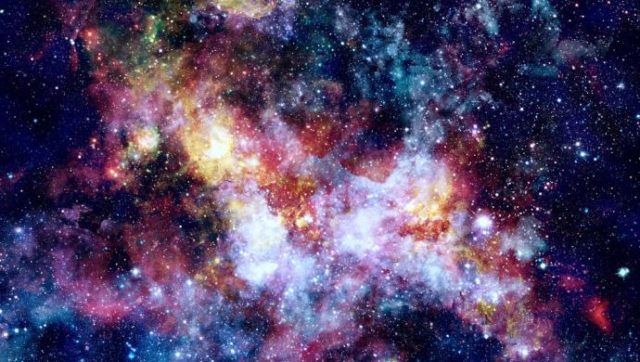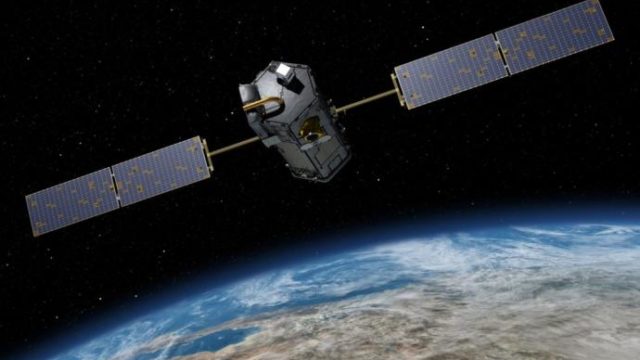iPaulina

The Mystery of Dark Matter
It's everywhere . . . but what is it?Dark matter: a substance that makes up 85% percent of our universe and yet which we know barely anything about. In fact, the concept of dark matter was developed in the 1930s, when Swiss astronomer Fritz Zwicky realised that galaxies in a distant cluster were orbiting each other much faster than they should have been. Unable to see what was causing this phenomenon, he proposed a new idea that a substance was tugging gravitationally at the galaxies.
Scientists have since been fascinated by the concept and it has been confirmed that the substance not only it exist, but it is six times more abundant than normal matter. However, we still do not know what it is, where it came from, and the fact that it is invisible remains an undeniable setback. We are unable to get a sample of this mystery substance; in fact, some scientists believe it is made up of faint stars and black holes, while others believe it is made of an entirely new particle, named WIMP- weakly interacting massive particles.
These WIMPs are said to be 10 to 100 times more massive than a proton. While this may seem simplistic in itself, it only leads to further questions. If dark matter is made of particles, how is it not detectable? In an effort to uncover this mystery, giant underground labs have been built in the hopes of discovering the elusive dark matter particles. However, even after decades of searching, no credible discovery has been found.
Dark matter has also been discovered to likely annihilate itself when one particle collides with another, meaning that two dark-matter particles destroy one another when they meet. The AMS (alpha magnetic spectrometer) has put this theory to test, and already tell-tale signs of hundreds of thousands of these annihilations have shown up. Sadly, scientists aren’t sure if these are coming from dark matter, and the signal has not helped them discover what dark matter is.
Overall, dark matter is an infuriatingly mysterious and evasive discovery, one that has had scientists working on it for decades, to little or no avail. The fact remains that it exists, but to even get a sample of it remains out of our reach – for now.
Anika LV







